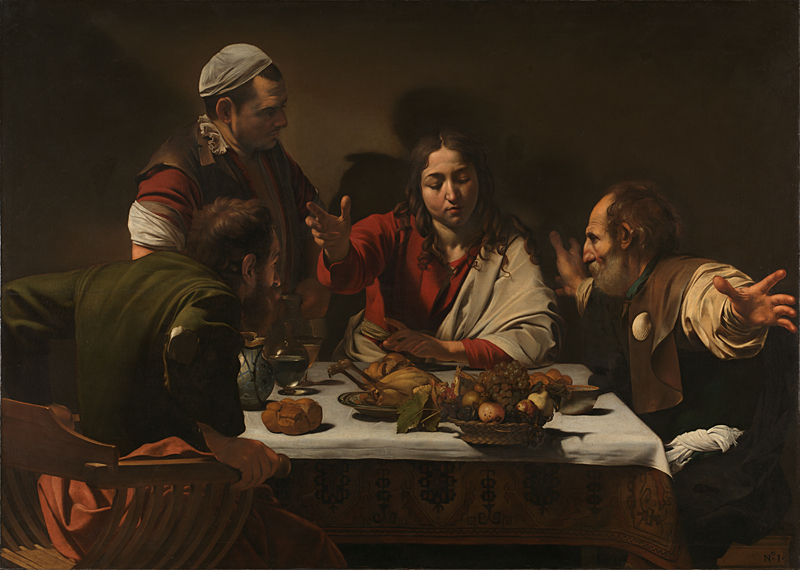
As a stroppy and cynical teenager, I didn’t think art was great. I didn’t really get it and it felt like a waste of time. I’d have much preferred to be playing football or at a gig or a party. So, what’s changed and why do I regularly go and look at a painting at the National Gallery?
The experience of being a teenager involves the constant feeling of things that you can’t articulate.
This doesn’t go away as an adult. You find there are many things you can’t describe with words and some of these are the best parts of life. If you asked me to explain my love for my family, any essay I wrote would feel insufficient however long it was. There is a limit to my words.
What is the appropriate response to this inability to articulate oneself? Clearly, it is to paint, create, draw, colour, play instruments, sing and dance. These are the language of expression beyond words.
Don’t mistake me, using words is very important.
Jesus is the Word made flesh, and declared the love of God with his voice. But there are also important ways of expressing this same love which are non-verbal.
If you take a trip to the National Gallery off Trafalgar Square, you will find that the Catholic Church of the last two millennia agrees with me. A whole exhibit is made up of pieces of art that were painted hundreds of years ago to dress altars, communicating the joy of the gospel to often illiterate church-goers.
Consider the Mass: we have music, incense, decorations, flowers, vestments, all of these speak to the nature of humanity’s relationship with God. Words are central but we use these other things to help us better understand and feel them.
This brings me on nicely to my favourite painting.
I love Caravaggio’s ‘Supper at Emmaus’ which is displayed in the National Gallery in London. I go and look at it periodically, especially when I’m feeling unmotivated and low.
The painting is beautiful for many technical reasons, but it’s especially meaningful to me because of the reaction of the two peasants who reflect the disciples from the story.
The startled joy that Caravaggio manages to capture reinforces that sense of startled joy within myself. I love to sit and imagine myself in the place of those two characters. The reaction of the peasants is visceral, with one throwing his arms out wide, and the other half rising from his chair in shock.
I find it inspires an emotional response that I don’t usually access. I think of myself and a friend in the place of those two in the moment of Jesus breaking bread, realising the reality of the Risen Christ.
The best part of all is that you can see it free of charge!
The reason the majority of visitors to the National Gallery are old is because it takes most people a long time to work this out. I propose you skip the queue and find your own favourite painting.

Ben is a founding trustee of Catholic Student Network. He also volunteers for theASCENT as a mentor for young people. Professionally, he works in Central London managing projects involving the laying of submarine fibre-optic cables, after graduating from the University of Sheffield. Get in touch with Ben at ben@catholicstudentnetwork.com. For more on the Catholic Student Network, go to https://www.catholicstudentnetwork.co.uk/
Subscribe to our Newsletter
Sign up to receive our fortnightly email with our latest news, features and events…
See our Privacy Policy here.